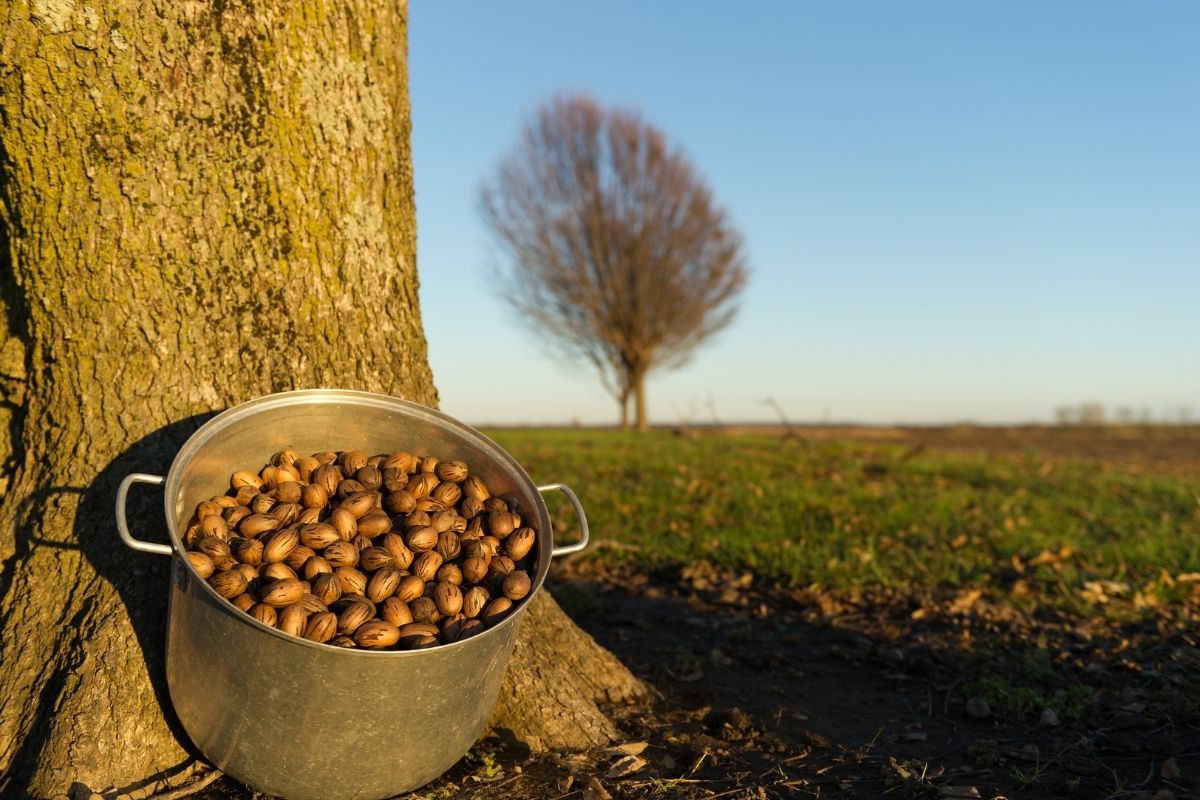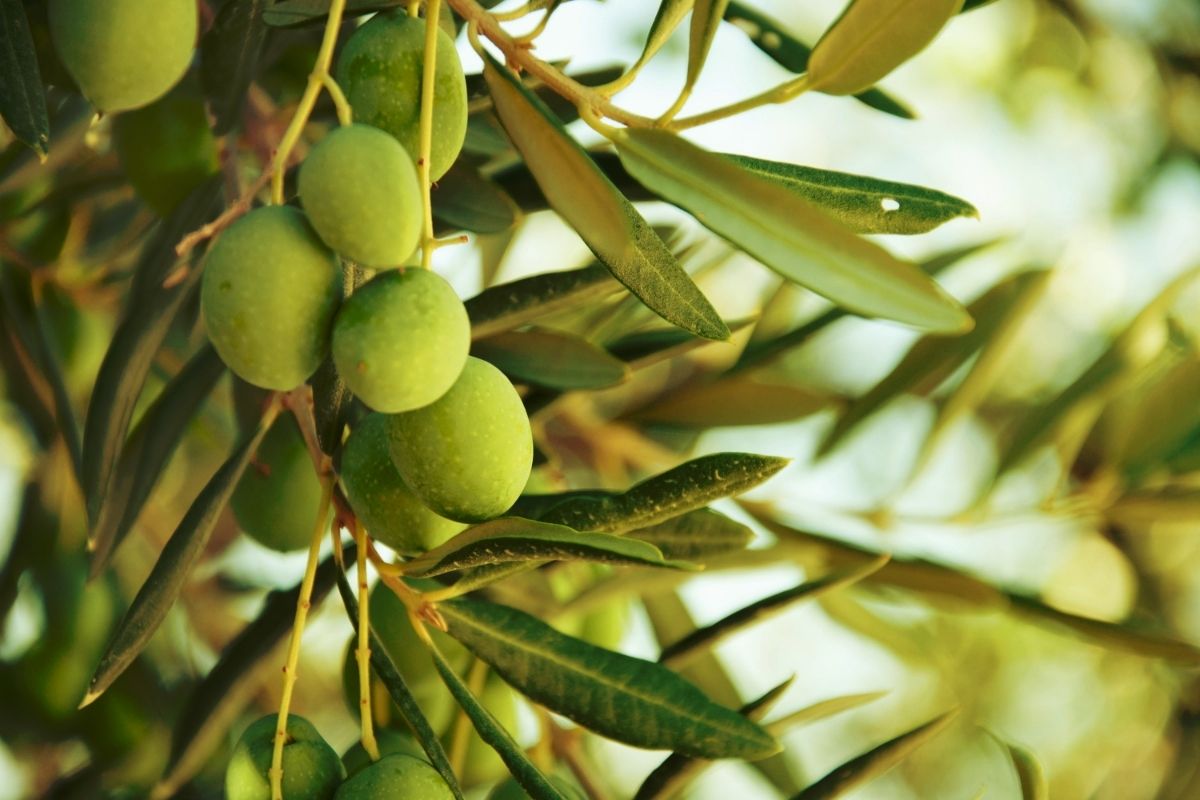Depending on individual species, Oak trees have alternating maturity levels and this will determine how fast an individual tree grows.
On average, an Oak tree might take 30 or 40 years to grow and this makes them slow and sometimes neglected species of the forest.
This article looks at this more closely and answers your questions on how long an Oak tree takes to grow, how tall it can grow, and the overall lifespan of the species.

What Is An Oak Tree?
An Oak tree is a hardwood species of tree and is strong and durable.
How tall they can grow will depend on the species, however, some might reach 100 feet tall and some might only reach 80 feet high. Some might measure 80 feet wide, and others might only measure 60 feet wide.
An Oak tree will thrive in sunny conditions and they grow best when planted in slightly acidic soils. Most trees do not produce a good crop until they reach around 50 years of age and over their entire lifespan, an Oak can produce as many as 9.5 million acorns.
As it is a hardwood tree, the properties make it a great choice when it comes to furniture making, veneer production, and flooring.
Oak trees will also vary according to the location or the continent in which they are found. Oak trees from Africa are different from ones you find in the US, yet more than 600 species are native to North America.
It is important to note, the level, rate, and time of maturity will depend on several significant factors. The species of the tree, climate, soil nutrients, and water, will all play a significant role in determining the time it takes for a tree to fully mature and grow.
How Long Does An Oak Tree Take To Grow?
The average time it takes an Oak tree to grow is around 30-35 years. By the 30th year of its life, an Oak tree might assume its tallest stature and grow a much thicker diameter.
This however will depend on the four factors we have previously mentioned in the article. These are the species of the Oak tree, the climate, water, and soil nutrients.
However, full maturity is only reached after years of slow growth and a full matured tree will have a canopy spread of around 45-50 feet.
What Affects The Rate Of Growth?
Soil Conditions
The best soil conditions for an Oak to grow should include excellent soil tilth and an adequate nutrient supply, as well as a low number of plant pathogens, and pests, ample soil drainage, and zero traces of chemical composition in the soil.
Unfavorable soil conditions on the other hand include poorly graded or dry and cohesion-less soil.
Species
There are around 600 different species of Oak trees and these species all differ from one another significantly. The variation between species alters the rate of growth and changes how long the tree takes to reach full maturity.
When it comes to the species of an Oak tree, Red Oak trees include black Oak, Willow Oak, Japanese evergreen Oak, Water Oak, and Pin Oak. The White Oak trees include Chinkapin and Bur Oak trees.
Red Oak usually has a pinkish tint to it, whereas White Oak has a much browner and yellower tint. A Red Oak has stronger graining than White, yet White has much smoother hardwood.
Moreover, a White Oak flooring is a little harder than the Red kind, yet Red Oak shows a lot fewer dents on the floor.
On the Janka hardness scale, a White Oak tree measures around 1350 degrees, yet a Red Oak is only around 1250 degrees.
The White Oak can take a lot longer to grow and the species will stand between 10 and 15 feet tall and 20 and 25 feet in width after 12 years of growth. Full maturity only happens after the full 30 or 40 years as it takes the tree a growth rate of 1 to 2 feet each year.
When matured completely, the White Oak can reach a height of 50 to 100 feet and 50 to 80 feet wide. The Red Oak on the other hand grows slightly faster and for 9 to 11 years, and will stand between 13 to 20 feet tall and 25 to 30 feet wide.
When it reaches full maturity, it can reach a height of 60 to 80 feet and 60 to 70 feet wide, making it slightly smaller than the White Oak.
Full maturity of the Red Oak happens after around 30 years as it takes the tree a growth rate of around 2 feet per year.
What Is The Lifespan Of An Oak Tree?

Mature Oak trees can reach up to 100 feet in height and their branches might spread over 170 feet in diameter.
This equates to around 85 feet from the trunk to the branch tip in all directions. Once the tree has matured, live Oak trees can live for several centuries and often up to 250 years.
They have an absolute maximum lifespan of around 1000 years if it does not come into contact with hazardous threats. As it ages, the tree often produces more acorns.
At 700 years, the tree is often considered old and the number of acorns it produces decreases.
When it reaches 1000 years, the tree will start to die slowly and during the period, some branches might dry out and the bark of the tree will become weak and easily fall out.
How To Tell The Age And Growth Of An Oak Tree?
There are a few simple ways of working out the age of an Oak tree without cutting it. These include:
- Identify the species of Oak, this can be red or white.
- Measure out the Oak’s trunk circumference.
- Calculate the diameter of the Oak using the following formula. C is the circumference and π= 3.14.
- You should be able to work out the growth factor for your Oak. Both the red and white Oak’s growth factor is 5.
- Now you should multiple the Oak’s diameter, which has been measured in inches, by the growth factor and this should give you the approximate age of your tree.
Final Thoughts
We hope after reading this article you now understand how long it takes for an Oak tree to grow and what factors affect the growth rate. These factors include the species, the soil nutrients, water, and the climate.
Oak trees are large species and since they can grow up to 100 feet, are the gentle giants of the forest. And remember, after 30 to 35 years, most Oak trees should be full-grown regardless of species!
- Best Hanging Plant For Low Light - September 4, 2023
- Best Indoor Plants Florida - August 28, 2023
- Best Plants For Bathroom Smells - August 21, 2023








